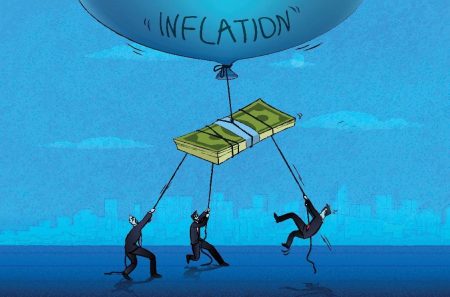The 2024 World Beer Cup, often referred to as “The Olympics of Beer Competitions,” took place in Las Vegas, Nevada on April 24, 2024. The event awarded gold, silver, and bronze medals across 110 beer styles, with winners hailing from breweries all around the world. The competition, hosted by the Brewers Association, saw 290 judges from 37 countries assessing 9,300 beers from 2,060 breweries representing 50 countries.
Some of the notable winners at the 2024 World Beer Cup include Miner’s Gold Hefeweizen from Lewis & Clark Brewing Co. in Helena, MT, which took home the gold in the American Wheat Beer category. Other winners included Rose Brut from Cerveza 7 Vidas in Tacna, Peru for Fruit Beer, and Gitana de la Noche from La Chispa Brewing Co. in Quito, Ecuador for Herb and Spice Beer.
The various categories at the World Beer Cup ranged from American Wheat Beer and Fruit Beer to Experimental Beer and Belgian-Style Ale. Each category saw a range of entries from breweries worldwide, showcasing the diversity and innovation within the craft beer industry.
The World Beer Cup not only celebrates the best beers in the world but also serves as a platform for breweries to gain recognition for their craftsmanship and creativity. Winning a medal at the World Beer Cup can significantly boost a brewery’s reputation and open up new opportunities for growth and expansion.
With so many entries and a diverse range of styles, the competition at the World Beer Cup is fierce, with breweries striving to create unique and exceptional beers that stand out among the rest. The event highlights the passion and dedication of brewers around the world who continuously push the boundaries of what beer can be.
Overall, the 2024 World Beer Cup was a celebration of the art and science of brewing, with breweries from across the globe coming together to showcase their best creations. The event continues to be a prestigious and influential competition in the beer industry, setting the standard for excellence and innovation in craft beer.
















